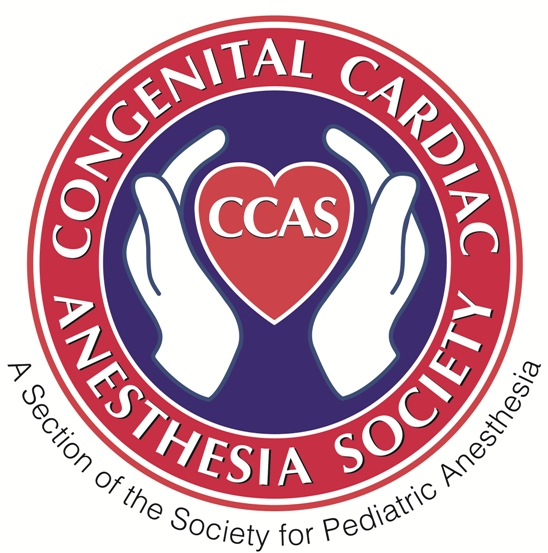Question of the Week 377
{“questions”:{“fuyda”:{“id”:”fuyda”,”mediaType”:”image”,”answerType”:”text”,”imageCredit”:””,”image”:””,”imageId”:””,”video”:””,”imagePlaceholder”:””,”imagePlaceholderId”:””,”title”:”Author: Anna Hartzog MD and Chinwe Unegbu MD \u2013 Children\u2019s National Hospital \r\nA 16-year-old male with a BMI of 60.1 kg\/m2 presents for sleeve gastrectomy. During his preoperative exam, a III\/VI systolic ejection murmur is auscultated. He indicates that he has been having chest pain and dyspnea on exertion. A transthoracic echocardiogram demonstrates a bicuspid […]
Question of the Week 376
{“questions”:{“ikmyu”:{“id”:”ikmyu”,”mediaType”:”image”,”answerType”:”text”,”imageCredit”:””,”image”:””,”imageId”:””,”video”:””,”imagePlaceholder”:””,”imagePlaceholderId”:””,”title”:”Author: Sana Ullah, MB ChB, FRCA – Children\u2019s Medical Center, Dallas, TX. \r\n\r\nA nine-month-old male infant with severe idiopathic pulmonary hypertension (PHTN) on maximal medical therapy is dyspneic with feeding and has failure to thrive. He is on 1 L nasal cannula oxygen and baseline room air oxygen saturation is 88%. Which of the following […]
Question of the Week 375
{“questions”:{“4cczh”:{“id”:”4cczh”,”mediaType”:”image”,”answerType”:”text”,”imageCredit”:””,”image”:””,”imageId”:””,”video”:””,”imagePlaceholder”:””,”imagePlaceholderId”:””,”title”:”Author: Sana Ullah, MB ChB, FRCA \u2013 Children\u2019s Medical Center, Dallas TX \r\n\r\nA 12-year-old previously healthy male child from Tibet complains of feeling unwell while visiting relatives in the US. A moderately loud murmur is auscultated on physical exam. Vital signs are unremarkable. Which of the following lesions is MOST LIKELY to be present on […]
Question of the Week 374
{“questions”:{“etj9y”:{“id”:”etj9y”,”mediaType”:”image”,”answerType”:”text”,”imageCredit”:””,”image”:””,”imageId”:””,”video”:””,”imagePlaceholder”:””,”imagePlaceholderId”:””,”title”:”Author: Sana Ullah, MB ChB, FRCA \u2013 Children\u2019s Medical Center, Dallas TX \r\n\r\nA 4-month-old infant with anomalous origin of the left coronary artery from the pulmonary artery (ALCAPA), severe mitral regurgitation, and a dilated left ventricle with severely diminished ventricular function is admitted to the cardiac ICU in severe congestive heart failure. The mitral valve […]
Question of the Week 373
{“questions”:{“bf7ql”:{“id”:”bf7ql”,”mediaType”:”image”,”answerType”:”text”,”imageCredit”:””,”image”:””,”imageId”:””,”video”:””,”imagePlaceholder”:””,”imagePlaceholderId”:””,”title”:”Author: Sana Ullah MB ChB, FRCA – Children\u2019s Medical Center, Dallas TX \r\n\r\nA neonate is admitted to the cardiac intensive care unit with a presumptive diagnosis of heterotaxy syndrome. Which of the following characteristics is MOST LIKELY associated with right atrial isomerism (RAI) versus left atrial isomerism (LAI)?”,”desc”:””,”hint”:””,”answers”:{“dbmqa”:{“id”:”dbmqa”,”image”:””,”imageId”:””,”title”:”A. Interrupted inferior vena cava with azygos continuation”},”byz6c”:{“id”:”byz6c”,”image”:””,”imageId”:””,”title”:”B. […]
